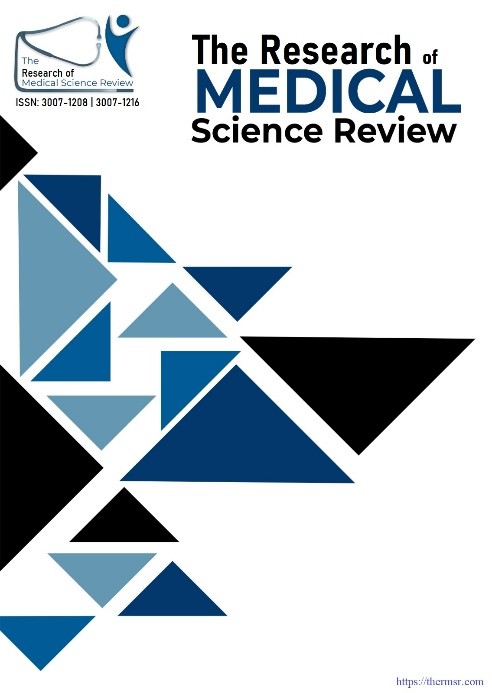ASSESSMENT OF THE COMPLICATIONS ENCOUNTERED DURING AND AFTER SURGICAL REMOVAL OF MAXILLARY THIRD MOLAR
Main Article Content
Abstract
OBJECTIVE: To determine the frequency of intraoperative and postoperative complications of maxillary third molar removal surgery.
METHODOLOGY: This descriptive cross-sectional research was performed within the Department of Maxillofacial Surgery, Liaquat University of Medical & Health Sciences (LUMHS), Jamshoro, with an enrollment of 231 patients presented for maxillary third molar removal surgery. Eligible participants aged 18 to 60 years, of either gender was included to determine the intraoperative (root fracture) and postoperative complications (hemorrhage, postoperative pain, delayed wound healing). The data was analyzed through SPSS version 26, employing descriptive statistics with a p-value of ≤ 0.05 considered statistically significant.
RESULTS: Among a cohort of 231 individuals undergoing the extraction of maxillary third molars, the average age was calculated at 32.4 ± 11.0 years; 64.5% of the participants were identified as female, while 35.5% were categorized as male. Intraoperative complications were observed, including root fractures (3.5%) and tuberosity fractures (1.7%); conversely, postoperative complications encompassed hemorrhage (2.6%), pain (3.0%), and instances of delayed wound healing (6.9%). Notably, complications were significantly more prevalent in patients exceeding the age of 30 years (p < 0.05) and in males, with root fractures (75%, p = 0.025) and hemorrhage (83.3%, p = 0.022) exhibiting particularly elevated rates.
CONCLUSION: The surgical removal of maxillary third molars is associated with a low frequency of complications, with root fracture and delayed wound healing being the most common. Age and gender were significant factors influencing complication rates. These findings highlight the importance of careful surgical planning and patient-specific risk assessment to minimize intraoperative and postoperative complications.
Downloads
Article Details
Section

This work is licensed under a Creative Commons Attribution-NonCommercial-NoDerivatives 4.0 International License.
